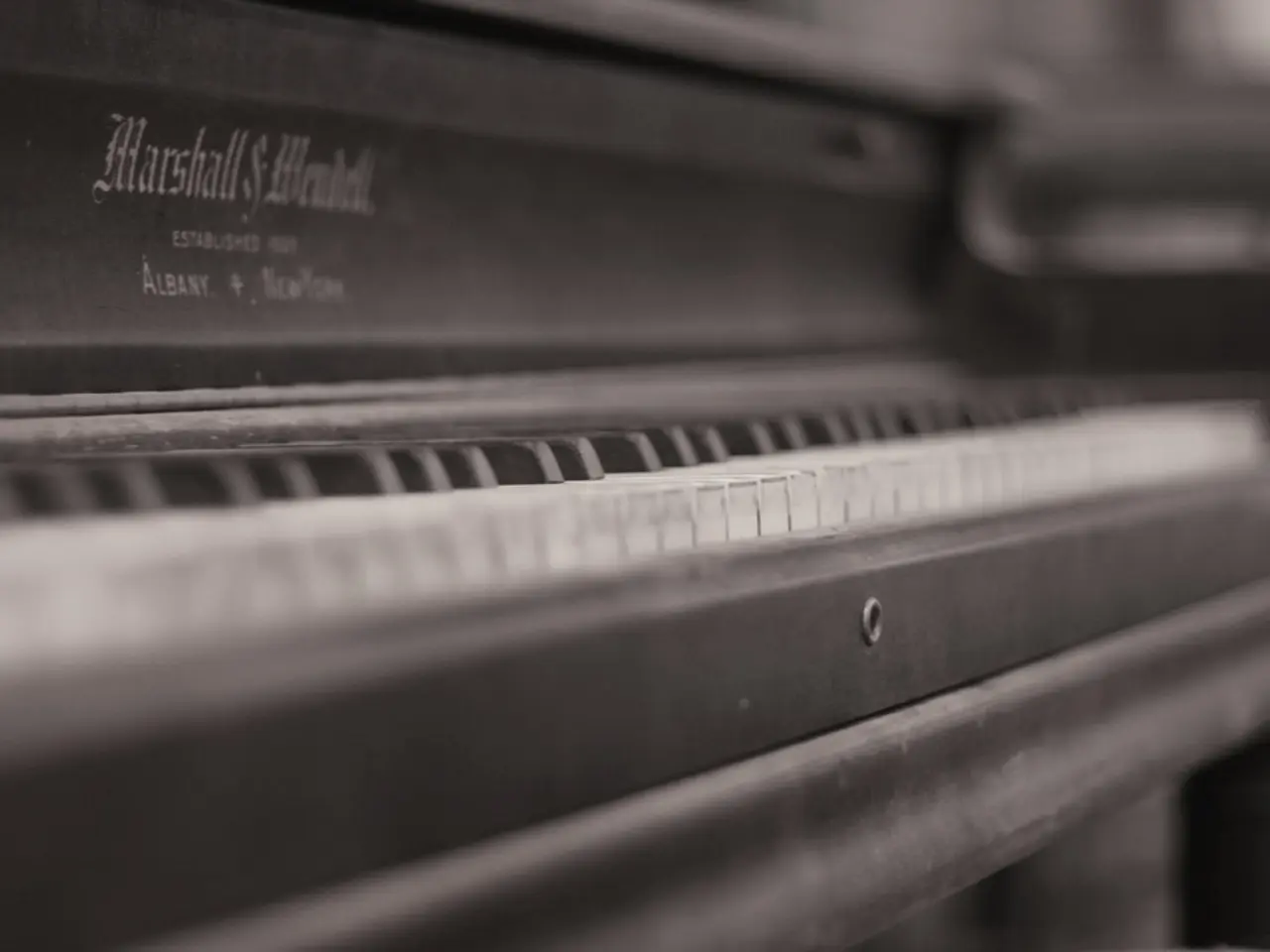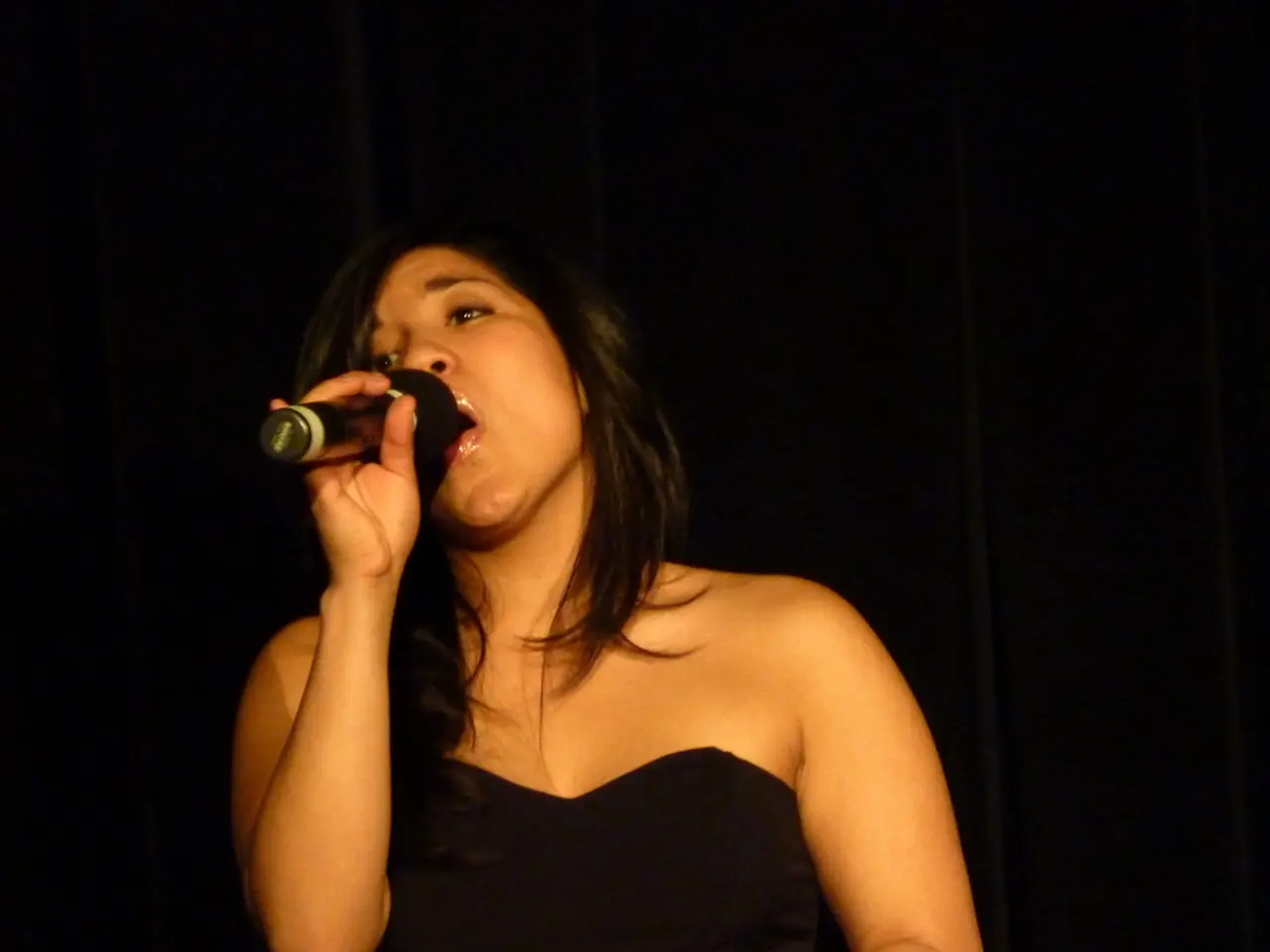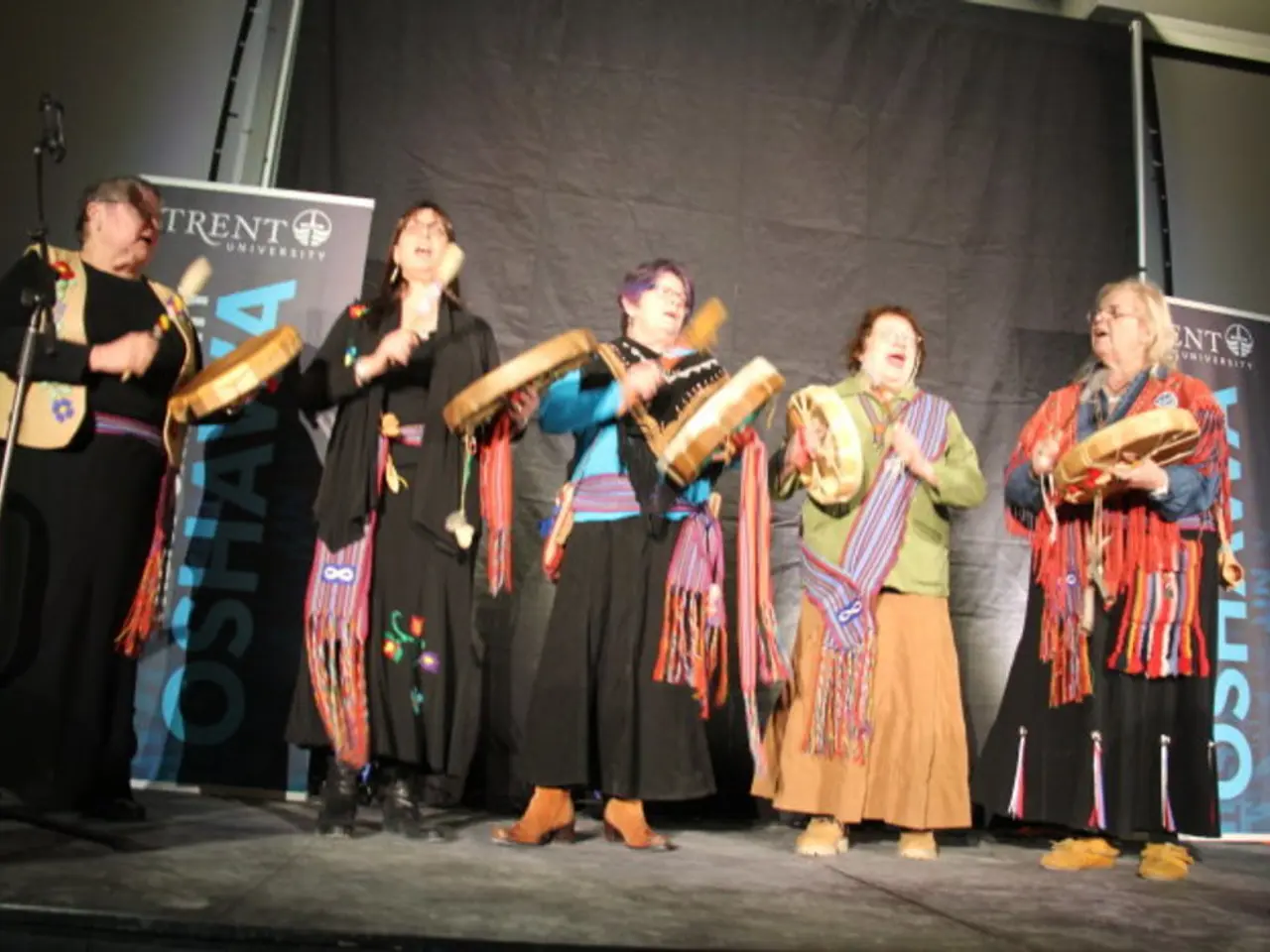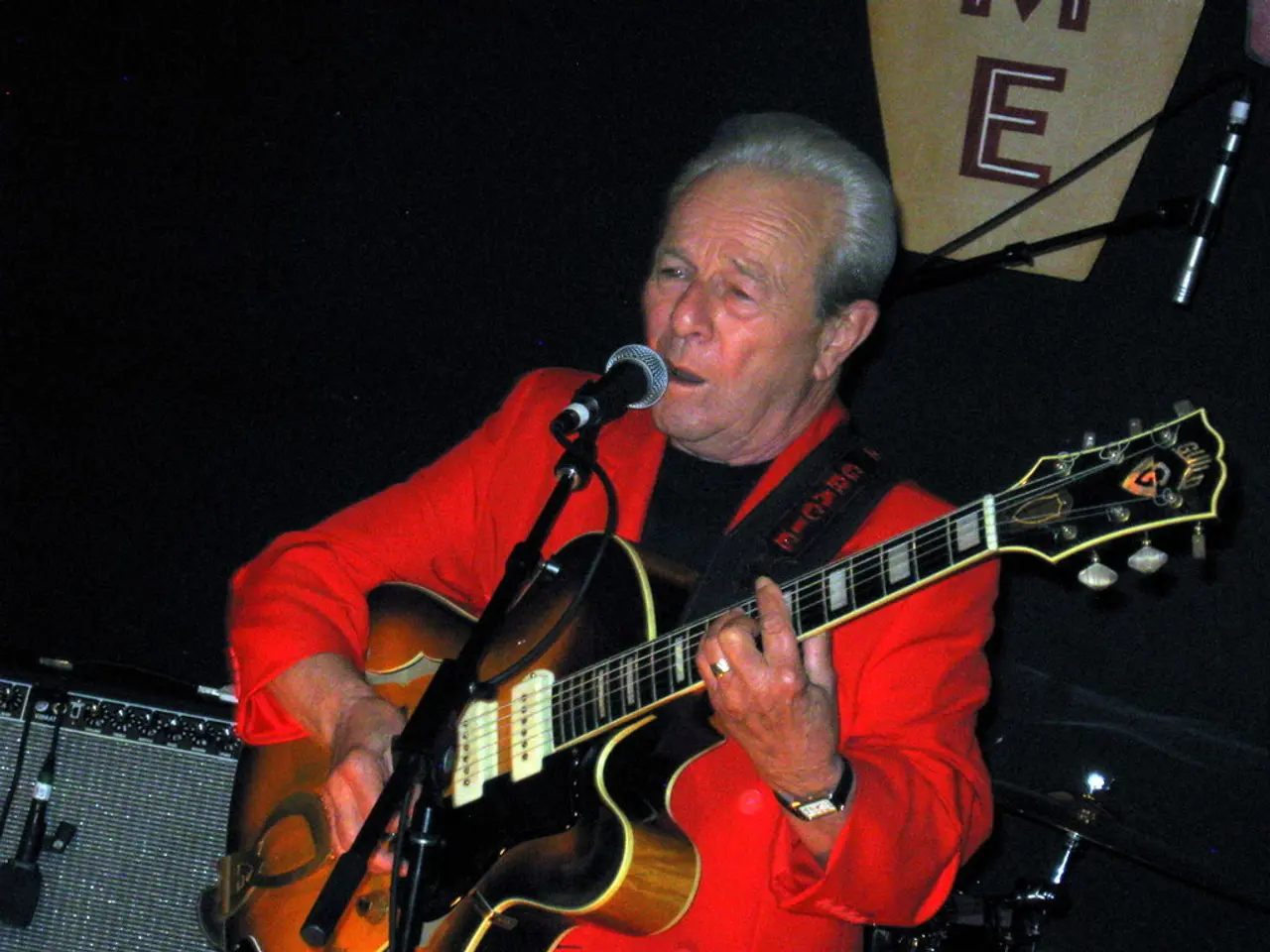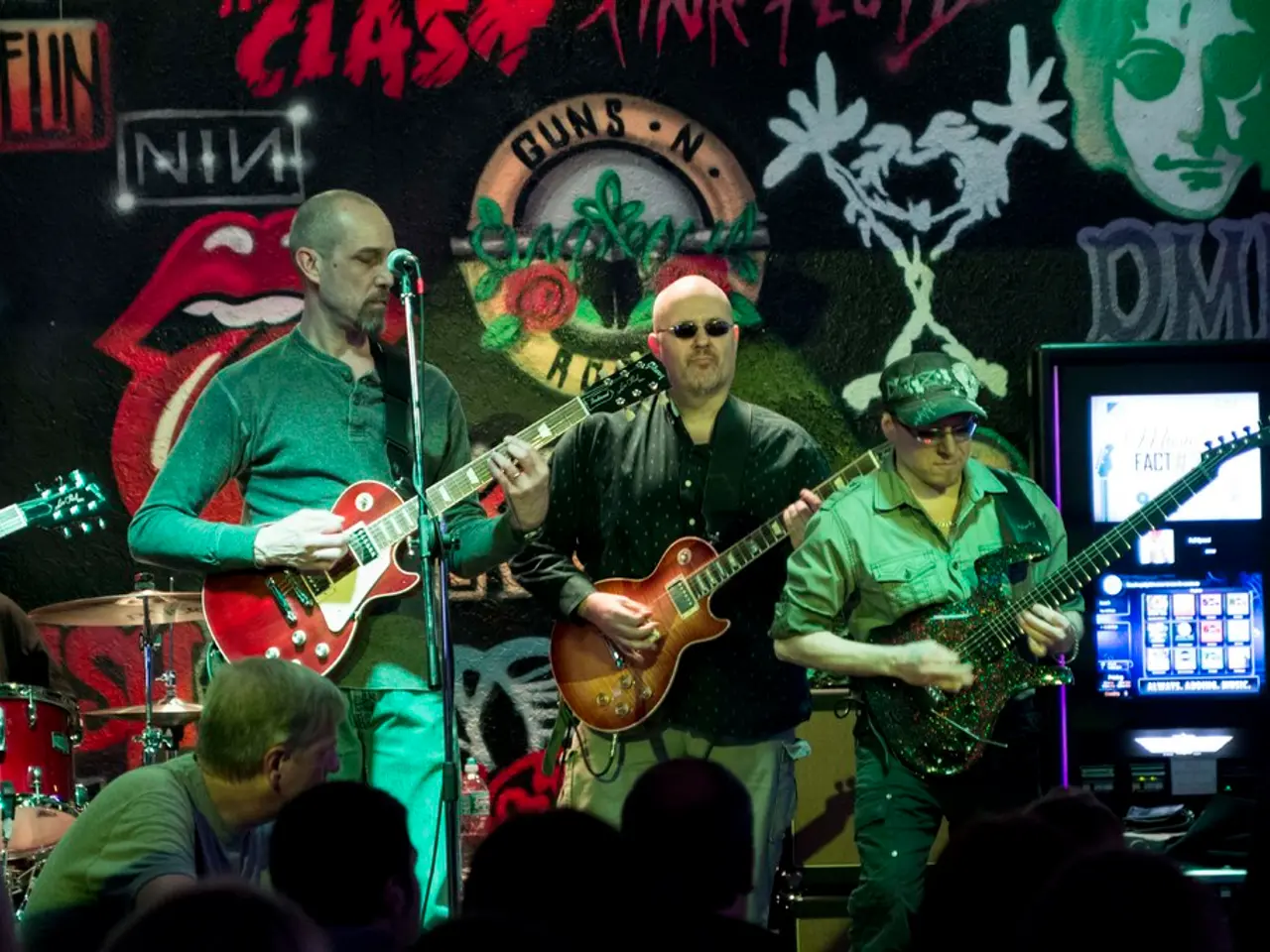Analysis of the First Movement in Haydn's Sonata in E Flat Major, Identified as HOB XVI 49
In the late 18th century, renowned composer Joseph Haydn composed the Piano Sonata in E-flat Major, Hob. XVI:49, a work that showcases his mature "popular style" and reflects the influences of his English journeys. This sonata, written for the fortepiano, a new instrument for Haydn at the time, was dedicated to Princess Maria Anna von Hohenlohe-Schillingsfürst, one of his noble patrons.
The sonata, composed between 1789 and 1790, is a testament to Haydn's artistic development during this period. It adheres to the traditional sonata-allegro form, with a compound sentence opening the exposition, expanding the conventional eight-bar sentence form. The basic ideas are extended to four bars each, making the presentation section eight bars in length.
The sonata is notable for its lyrical qualities, formal mastery, and expressive nuances. It follows the conventional structure of the sonata-allegro form, with a development section starting with material from the closing section as a smooth continuation from the end of the exposition. The development section commences with a descending third sequence in C minor, A flat major, F minor, and D flat major.
The fragmentation of the model occurs in bar 96, reaching a standing on the dominant in bar 104. The re-transition to the re-exposition goes through a highly unstable harmonic passage, reaching E flat major through a chromatic bass line. The Pre-Core is presented in bar 80, derived from the Main Theme (Bar 1), to let the Core be introduced in bars 84-87 derived from the 2nd Secondary Theme from bars 28-29 in the exposition.
The compound structure allows for more extensive development and variation of thematic material within the framework of classical formal functions. This sonata, with its blend of accessible melodic material and sophisticated classical form, is included in the ATCL repertoire list (no. 117 on the list) and the Associate Diploma (ARCT) in Piano, Performer (Page 101).
The sonata is also valuable for performers studying under the Trinity or ABRSM syllabus, composers interested in exploring the Allegro di Sonata form, and anyone who wants to dive into this piece. Haydn's Piano Sonata in E-flat Major Hob. XVI:49 exemplifies the Classical period's balance of expressive clarity, formal innovation, and structural coherence that Haydn helped pioneer.
[1] Source: A Companion to Haydn by Cliff Eisen and Michael Talbot. Cambridge University Press, 2016.
This sonata, showcasing Haydn's mature "popular style," employs a compound sentence opening the exposition and adheres to the traditional sonata-allegro form, a technique that reflects Haydn's innovative approach to entertainment through music. It is notable for its formal mastery, expressed in a highly unstable harmonic passage during the re-transition to the re-exposition, which demonstrates the composer's skill in creating a balance of expressive clarity and structural coherence, a characteristic of the Classical period.
